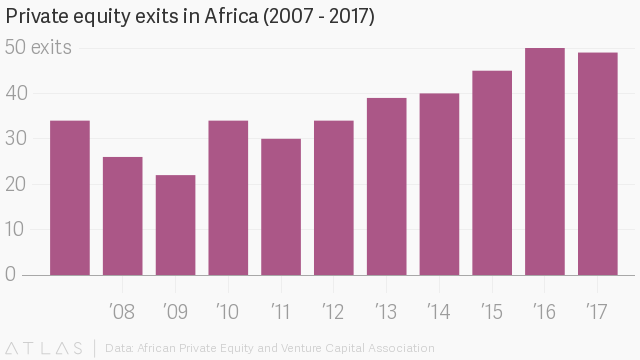
Africa is the continent of opportunity, with many countries enjoying annual GDP growth that exceeds that of developed nations. There is a rapidly growing consumer middle class with clear expectations, and in 2016 alone, private-equity invested $3.8 billion in 145 deals across Africa.

Over 40% of the billion people in Africa live in cities. This is projected to reach 50% by 2030, generating a combined GDP of $1.7 trillion (see Lions Go Global: Deepening Africa’s ties to the United States, McKinsey & Company). The top 18 cities are at capacity, with failing infrastructure, and failing neighborhoods. Slums are a road-width from expensive housing.
The money is there, but local infrastructure has a long way to go. Reliable sewerage, water, electricity, and transportation often do not exist – except perhaps for the very wealthy.
International investment rules exist to minimize impacts from major projects (infrastructure, construction) on the local environment and local communities. Temporary infrastructure is built, then removed, to return the environment to its pre-existing state. Impact investors could design such infrastructure from the onset for future transfer to local communities, with resilient, smart and scalable features.
There is a lot of talk about building Smart Cities – in places where too few responsible parties have a real understanding of what that means. Few cities have a team to evaluate, coordinate, assess smart technologies, identify those that will function, be used, and are useful in reducing waste, congestion, frustration. The existing cities were not built for communities, they just grew. As it is, they lack comprehensive integrated master planning capable of incorporating smart technology and sustainable design concepts, and they were never designed to be scalable.
Smart tools could prove useful, if properly sourced, when scalable, and if inter-operable. Projects deploying them represent smart investments, with real social impact. For example:
- Transportation which does not meet the needs of workers, can do so with telephone accessible applications allow for smart planning of pick up locations and times.
- Electricity, often cut several times a day, could become profitable for local individuals as alternative energy resources and micro-grids change this.
- Health, education and the ability to arrive at work in a dignified, reasonable time-frame and framework remain a distant dream for many, but phone applications can bring the dream significantly closer.
Urban areas sprawl out, encompassing shanty towns and wealthy neighborhoods, floodplains and industrial areas – but investing in agile localized projects for clean water and sewerage can have economic benefits and a major social impact.
